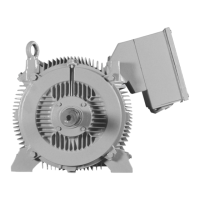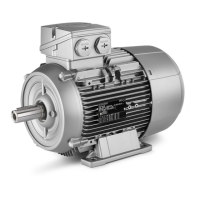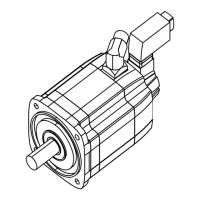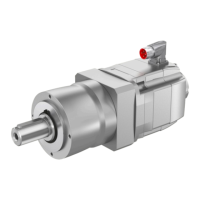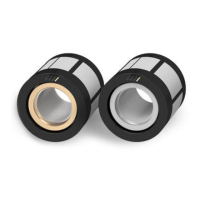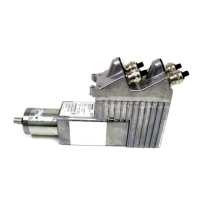Functions
2.15 Flexible Protection Functions
SIPROTEC, 7SK80, Manual
E50417-G1140-C344-A5, Release date 11.2012
228
binary input (no. 235.2113 „>$00 BLK.TDly“). The time delay will not be started as long as the binary input
is active; a trip can thus be initiated. The time delay is started after the binary input has dropped out and the
pickup is still present. It is also possible to bypass the expiration of the time delay by activating binary input (no.
235.2111 „>$00 instant.“). The trip will be launched immediately when the pickup is present and the binary
input has been activated. The trip command can be blocked via binary inputs (no. 235.2115 „>$00
BL.TripA“) and (no. 235.2114 „>$00 BLK.TRIP“). The phase-selective blocking of the trip command is
required for interaction with the inrush restraint (see „Interaction with other functions“). The function's dropout
ratio can be set. If the threshold (>-Element) is undershot after the pickup, the dropout time delay will be started.
The pickup is maintained during that time, a started trip delay time continues to count down. If the trip time delay
has elapsed while the dropout time delay is still during, the trip command will only be given if the current thresh-
old is exceeded. The element will only drop out when the dropout time delay has elapsed. If the time is set to
zero, the dropout will be initiated immediately once the threshold is undershot.
External Trip Commands
The logic diagram does not explicitly depict the external trip commands since their functionality is analogous.
If the binary input is activated for external trip commands (no. 235.2112 „>$00 Dir.TRIP“), it will be logically
treated as threshold overshooting, i.e. once it has been activated, the pickup time delay is started. If the pickup
time delay is set to zero, the pickup condition will be reported immediately starting the trip time delay. Other-
wise, the logic is the same as depicted in Figure 2-84.
Interaction with Other Functions
The flexible protection functions interact with a number of other functions such as the
• Breaker failure protection:
The breaker failure protection is started automatically if the function initiates a trip. The trip will, however,
only take place if the current criterion is met at this time, i.e. the set minimum current threshold 212
BkrClosed I MIN (Power System Data 1) has been exceeded.
• Fuse-Failure-Monitor (see description at „Blocking Functions“).
• Inrush restraint:
Direct interaction with the inrush restraint is not possible. In order to block a flexible function by the inrush
restraint, the blocking must be carried out in CFC. The flexible function provides three binary inputs for block-
ing trip commands selectively for each phase (no. 235.2115 to 235.2117). They have to be linked with the
phase-selective indications for detecting the inrush (no. 1840 to 1842). Activating a crossblock function re-
quires the phase-selective inrush indications to be logically combined with the binary input for blocking the
function trip command (no. 235.2114 „>$00 BLK.TRIP“). The flexible function also needs to be delayed
by at least 20 ms to make sure that the inrush restraint picks up before the flexible function.
• Entire relay logic:
The pickup signal of the flexible function is added to the general device pickup, the trip signal is added to
the general device trip (see also Chapter 2.19). All functions associated with general device pickup and trip-
ping are thus also applied to the flexible function.
After the picked up element has dropped out, the trip signals of the flexible protection functions are held up
at least for the specified minimum trip command time 210 T TRIPCOM MIN.

